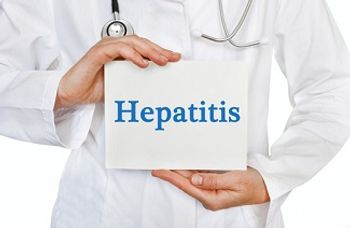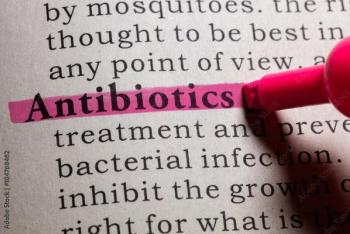
Are Rapid HIV Tests in Sub-Saharan Africa Accurate?
In underserved nations where HIV rates are high, rapid diagnostic tests (RDTs) have been relied upon to determine which individuals are infected; however, there is concern about the accuracy of these tests.
In underserved nations where rates of HIV are high, rapid diagnostic tests (RDTs) have been relied upon to determine who has the disease and who doesn’t. The tests can be given on-site rather than in specialized laboratories, with results available in less than 30 minutes. However, providers have raised concerns about the
Due to these concerns, a group of researchers from the association Medecins Sans Frontieres, also known as Doctors Without Borders, conducted a
The 2,785 samples were collected between August 2011 and January 2015 and sent to the Institute of Tropical Medicine in Belgium for analysis. The researchers found that all of the RDTs tested high on measures of sensitivity (from 98.8% to 100%) but somewhat lower on measures of specificity (from 90.4% to 99.7%). The specificity varied depending on the location in which the sample was taken as well as gender (more false positives were seen with samples collected from males) and whether the provider initiated testing at certain clinics.
It’s been suggested that direct or indirect cross reactivity may have impacted the results of testing on specimens taken from a range of populations and locations. It’s also possible that other diseases from which the subjects suffered, such as sleeping sickness (from the tsetse fly) or parasitic ailments such as kala azar and schistosomiasis, affected the results.
Finally, the study used samples that had been frozen, shipped, and stored even though, ideally, RDTs use fresh blood samples. Only one RDT in the study met the threshold set by the World Health Organization (WHO) guidelines for RDTs of at least 99% sensitivity and at least 98% specificity.
A false negative on an HIV test means an individual is at risk of not getting the treatment he or she needs in order to stay healthy. A false positive can trigger serious social and psychological traumas in an individual, as well as lead him or her to begin a regimen of expensive medications with potential side effects. Therefore, it’s imperative that HIV testing be as accurate as possible.
“It is important to keep in mind that rapid tests are mainly used in low- and middle-income countries for making an HIV diagnosis,” says Cara Kosack, MD, MSc, a physician with Doctors Without Borders and an author of the study. “Our research focused on the accuracy of these tests in sub-Saharan Africa; other methods are used in the United States or Europe.”
In the interest of public health and disease control, WHO has
Given that lower-income countries may not have the resources to offer traditional HIV tests, it makes sense to continue refining RDTs and following guidelines that will maximize their accuracy. WHO, along with Doctors Without Borders and other partner organizations, agreed at a global meeting last year to prioritize funding that will support accurate HIV testing and prevent misdiagnosis in these nations.
Laurie Saloman, MS, is a health writer with more than 20 years of experience working for both consumer and physician-focused publications. She is a graduate of Brandeis University and the Medill School of Journalism at Northwestern University. She lives in New Jersey with her family.
Newsletter
Stay ahead of emerging infectious disease threats with expert insights and breaking research. Subscribe now to get updates delivered straight to your inbox.

















































































































































































































































































